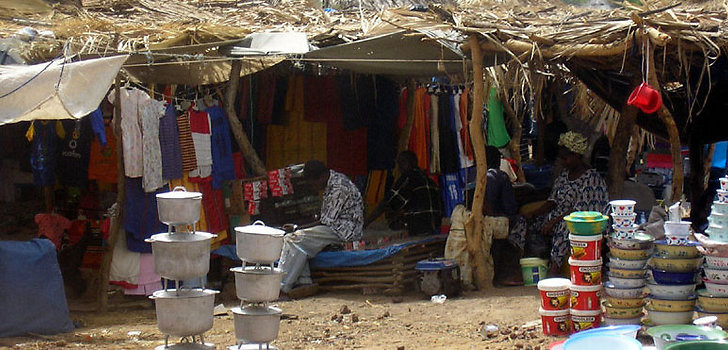
Poor countries' debt rose to record levels. According to a recent World Bank report, the debt burden of the world's low-income countries rose 12% to a record $860 billion in 2020. The reasons for this are the COVID-19 pandemic and the massive fiscal, monetary and financial stimulus packages designed to cope with the collapsing crisis.
World Bank President David Malpass told reporters the bank's report had shown a dramatic increase in the debt vulnerabilities facing low- and middle-income countries. He also urged for comprehensive efforts to help countries reach more sustainable debt levels. Malpass stressed sustainable debt levels were needed to help countries achieve economic recovery and reduce poverty.
According to a World Bank report released on Monday, the external debt stocks of low- and middle-income countries combined rose 5.3% in 2020 to $8.7 trillion, affecting countries in all regions.
The rise in external debt outpaced gross national income (GNI) and export growth, with the external debt-to-GNI ratio, excluding China, rising five percentage points to 42% in 2020, while their debt-to-export ratio surged to 154% in 2020 from 126% in 2019.
The global economic recovery from the coronavirus is not uniform. It is difficult for many of the developing countries to return to their former economic performance. The widespread vaccination of the population against coronavirus is progressing very slowly. Inflation continues to rise, while support is extremely limited. The number of workplaces remains very low. Food, water, and electricity are clearly in short supply.
Given the expiration at the end of this year of the Group of 20 major economies' Debt Service Suspension Initiative (DSSI), which has offered temporary deferral of debt payments, debt restructuring efforts are urgently needed.
In 2020, the G20 and Paris Club of official creditors launched a Common Framework for Debt Treatments to restructure unsustainable debt situations and protracted financing gaps in DSSI-eligible countries, but only three countries - Ethiopia, Chad, and Zambia - have applied thus far.
Net inflows from multilateral creditors to low- and middle-income countries rose to $117 billion in 2020, the highest level in a decade. Net lending to low-income countries rose 25% to $71 billion, also the highest level in a decade, with the IMF and other multilateral creditors providing $42 billion and bilateral creditors $10 billion.
Carmen Reinhart, the World Bank's chief economist, said the challenges facing highly indebted countries could get worse as interest rates rose. Policymakers need to prepare for the possibility of debt distress when financial market conditions turn less benign, particularly in emerging markets and developing economies.
The global economy is expected to expand by 5.7% in 2021. Next year, a growth of 4.4% is forecast. The World Bank estimates that per capita income in advanced economies will rise by almost 5% this year, and in low-income countries, growth will be just 0.5%.





















